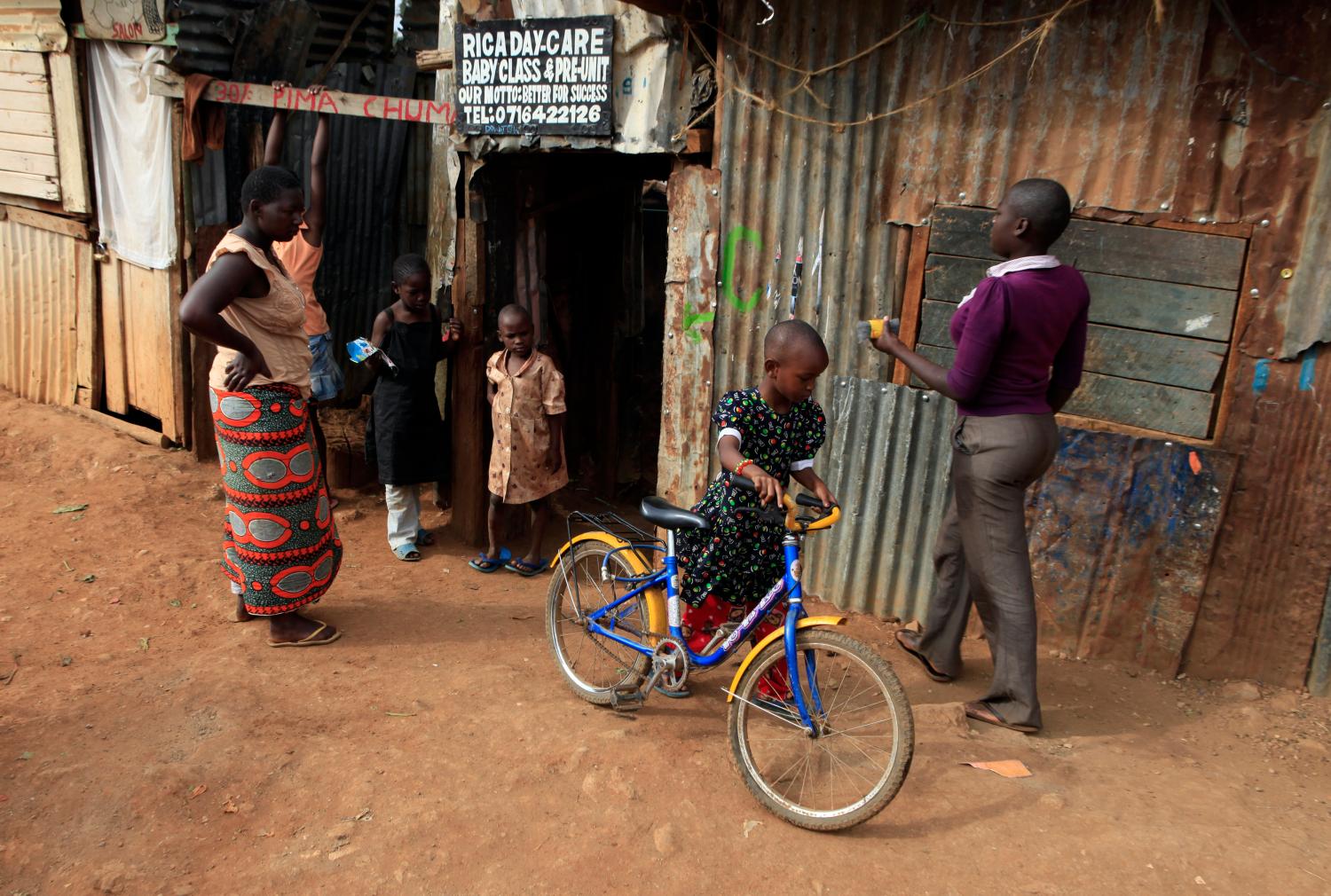Internal displacement in Kenya has occurred periodically throughout the country’s history, resulting from a diverse range of causes. These include politically-instigated violence; land and boundary disputes; natural disasters such as drought and other impacts of climate change; floods and landslides; development projects such as the construction of dams, roads and hydro-electric power plants; cattle rustling; conflicts over access to water and pasture; environmental conservation projects; activities of local-level armed groups/gangs; and cross-border incursions. Since the early 1990s transition to democracy, displacement occurred primarily in ethnically-mixed regions. However, the problem has spread and is now felt in nearly all parts of the country – including international border areas and arid lands inhabited by pastoralists. The frequency of displacement in Kenya has been rising over the last two decades, yet durable solutions have become increasingly difficult to achieve. Internally displaced populations sometimes find themselves in protracted displacement.
The main and most devastating cause of internal displacement in Kenya is politically-motivated ethnic violence, which tends to recur during general elections held every five years. Since the reintroduction of multi-party politics in 1991, ethnically-heterogeneous regions of the Rift Valley, Nyanza, Western and Coast provinces have experienced violence in which some members of ‘indigenous’ tribes are pitted against migrants who are constructed as ‘outsiders.’ Claims that migrants acquired other communities’ lands unjustly through patronage networks undermine respect for their land and property rights. These claims have been used by politicians to mobilize ethnic militia to forcibly displace ‘outsiders’ and dispossess them of their land and property.[1] In 1992, 1997 and 2002, the displacement occurred before elections, but in 2007 it was triggered by a dispute over the results of the presidential election. Hundreds of thousands of households have been displaced around these elections: 300,000 in 1992; 150,000 in 1997; 20,000 in 2002; and over 660,000 in the 2007 post-election violence.
According to government records, over 660,000 people became internally displaced during the 2007 political crisis, while over 640 families crossed the border into Uganda.[2] Out of the more than 660,000 people displaced, the government considers that over 300,000 or around 47 percent have been ‘integrated’ in communities across the country.[3] The use of the term ‘integrated internally displaced persons (IDPs)’ is widespread in Kenya, referring to those who are living dispersed among communities – whether with relatives and friends or in rented accommodation usually in urban and peri-urban areas.[4] In other words, the term ‘integrated’ IDPs in the Kenyan context refers to IDPs living outside of camps. While this study also uses the term in this way, it is important to point out that this does not imply that ‘integrated IDPs’ have necessarily found a durable solution. The Inter-Agency Standing Committee Framework for Durable Solutions considers sustainable local integration in another part of the country to be a durable solution when “internally displaced persons no longer have any specific assistance and protection needs that are linked to their displacement and can enjoy their human rights without discrimination on account of their displacement.”[5] As explained below, it is not at all clear that ‘integrated IDPs’ in Kenya no longer have needs related to their displacement. In fact, because they are much less visible than IDPs living in camps, it is difficult to get a clear picture of what those needs are. Moreover, those who are ‘integrated’ joined the old caseload of IDPs, including those who had not found a durable solution since their displacement in the 1990s.
The multiple causes of displacement suggest that the number of IDPs in Kenya remains significant, yet solutions are elusive for many. Following the formal closure of camps in 2010 and widespread public perception that persons still claiming to be displaced are imposters or ‘fake IDPs,’ there are only a few officially-recognized IDP settlements. The majority of Kenya’s IDPs live outside of camps. This report discusses the situation of IDPs outside of camps in Nairobi and Eldoret municipalities.
While the role of municipalities in managing internal displacement is peripheral due to government practice, it is municipalities that bear the brunt of the negative impacts of influxes of IDPs. It is also important to consider that the new constitution of Kenya has created a devolved government structure that envisages municipal authorities playing a more central role in the management of affairs at the local level. Hence, this study proposes a series of recommendations to municipal authorities to enhance their response to IDPs living in their jurisdiction, working in concert with the central government.
[1] Kamungi, Prisca. 2009. ‘Internal displacement and the land question in Kenya’ in Nguzo za Haki . Nairobi: Kenya National Commission on Human Rights.
[2] Ministry of State for Special Programs: Progress on Resettlement of Internally Displaced Persons as at 6 January 2012; also remarks by Hon Esther Murugi, Minister of State for Special Programs during the ‘Forum on the internal displacement situation in Kenya’ held at the Sun and Sand Hotel, Mombasa, Kenya 23 May 2011. www.sprogrammes.go.ke/index.php?option=com_content&task=view&id=423&Itemid=117
[3] Government of Kenya, Ministry of Special Programs, “An update on the IDP Resettlement Program,” Daily Nation, 13 August 2010, p. 15.
[4] Inter-Agency Standing Committee (IASC), 7th Working Group Meeting, “Internally displaced persons outside camps: achieving a more equitable humanitarian response”, WO/1006/3492/7,IASC, WO/1006/3492/7, paras. 4, 5, 7.
[5] Brookings Institution-University of Bern Project on Internal Displacement, IASC Framework on Durable Solutions for Internally Displaced Persons, 2010, p. A1, brookings-edu-2023.go-vip.net/research/reports/2010/03/05-internal-displacement



